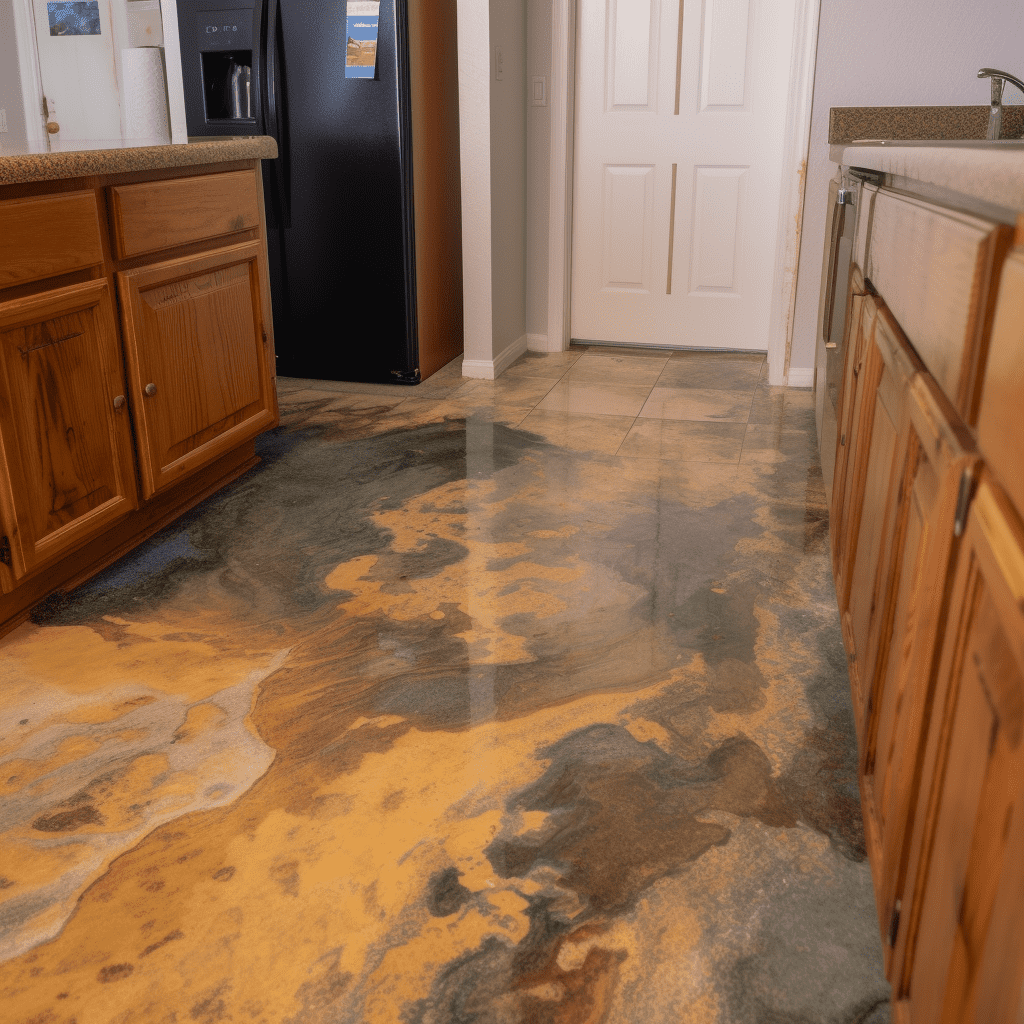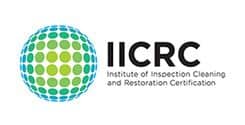Mold growth in your HVAC (Heating, Ventilation, and Air Conditioning) system can cause various health problems, including allergies, asthma, and other respiratory issues. It is essential to prevent mold growth in your HVAC system to maintain a healthy indoor environment. This article will discuss the causes of mold growth in HVAC systems and provide practical tips on how to prevent it.
Causes of Mold Growth in HVAC Systems
Mold thrives in damp, dark, and humid environments. The following factors contribute to mold growth in HVAC systems:
- High humidity levels
- Condensation
- Leaks
- Poor ventilation
High humidity levels
High humidity levels create a favorable environment for mold growth. HVAC systems that are not adequately maintained or have poor ventilation can cause humidity levels to rise, leading to mold growth.
Condensation
Condensation can occur in HVAC systems when warm air comes into contact with cold surfaces, such as air conditioning coils or ducts. This moisture can lead to mold growth if not properly managed.
Leaks
Water leaks in your HVAC system can create damp conditions that promote mold growth. Leaks can occur in various parts of the system, such as the condensate drain line, evaporator coil, or ductwork.
Poor ventilation
Inadequate ventilation can cause moisture to accumulate in your HVAC system, leading to mold growth. Proper ventilation helps maintain a balanced indoor humidity level and prevents mold growth.
Preventing Mold Growth in Your HVAC System
To prevent mold growth in your HVAC system, follow these practical tips:
- Maintain proper humidity levels
- Regularly inspect and clean your HVAC system
- Ensure proper ventilation
- Seal ducts and insulate pipes
- Use a UV light system
- Schedule regular professional maintenance
- Address water leaks promptly
- Use mold-resistant materials
Maintain proper humidity levels
The ideal indoor humidity level is between 30% and 50%. Use a hygrometer to monitor humidity levels in your home. If the humidity level is too high, consider using a dehumidifier to reduce moisture in the air.
Regularly inspect and clean your HVAC system
Regular inspection and cleaning of your HVAC system can help prevent mold growth. Check for any signs of mold, such as a musty smell or visible mold growth. Clean or replace air filters every 30 to 90 days, depending on the manufacturer's recommendations. Clean the evaporator and condenser coils, as well as the condensate drain pan and line, to prevent mold growth.
Ensure proper ventilation
Proper ventilation is essential for preventing mold growth in your HVAC system. Make sure that your home is adequately ventilated by regularly opening windows and using exhaust fans in high-moisture areas, such as the kitchen and bathroom. Additionally, ensure that your HVAC system's vents and ducts are clean and unobstructed.
Seal ducts and insulate pipes
Leaks in your HVAC system can lead to mold growth. Inspect your ductwork for any signs of leaks and seal them with mastic or foil-backed tape. Insulate pipes and ducts in unconditioned spaces, such as attics and crawlspaces, to prevent condensation and mold growth.
Use a UV light system
Installing a UV light system in your HVAC system can help prevent mold growth. UV light is effective in killing mold spores and preventing them from reproducing. Ensure that the UV light system is installed correctly and maintained according to the manufacturer's recommendations.
Schedule regular professional maintenance
Regular professional maintenance of your HVAC system can help prevent mold growth. A professional technician can inspect your system for any signs of mold, clean and maintain components, and ensure that your system is functioning efficiently.
Address water leaks promptly
If you notice any water leaks in your HVAC system, address them immediately. Leaks can lead to mold growth if not repaired promptly. Contact a professional technician to repair any leaks and assess the system for potential mold growth.
Use mold-resistant materials
When installing or replacing components in your HVAC system, consider using mold-resistant materials. These materials are designed to resist mold growth and can help prevent mold issues in your HVAC system.
Conclusion
Mold growth in your HVAC system can lead to various health problems and negatively impact your indoor air quality. By following the tips outlined in this article, you can prevent mold growth in your HVAC system and maintain a healthy indoor environment. Regular inspection and maintenance, proper humidity control, and adequate ventilation are crucial in preventing mold growth. If you suspect mold growth in your HVAC system, contact a professional technician for assistance.







